Eastern Europe — The joint Russian-Belarus military exercise Zapad-2025, launched this week, has renewed unease across Europe, particularly among NATO member states bordering Belarus. While Moscow and Minsk insist the drills are defensive, many observers see them as a strategic show of force.
Key Details of the Exercises
The exercises are taking place on several training grounds in both Belarus and Russia. Official figures suggest around 13,000 personnel are involved — a smaller number compared with earlier Zapad drills — but the scope remains significant.
The maneuvers include coordination of conventional operations as well as scenarios involving the potential use of nuclear capabilities. Advanced missile systems, hypersonic weapons, and bomber sorties have been highlighted, underlining Moscow’s intent to project strength despite its ongoing conflict in Ukraine.
European Concerns
Neighboring countries, including Poland and Lithuania, have raised their military alert levels and reinforced border security. Officials fear the drills could serve as a cover for more aggressive moves or spark accidental escalations.
NATO has stated it is closely monitoring the exercises, stressing the need for transparency and compliance with international agreements. The alliance views the war games not only as a military exercise but also as a psychological tactic designed to intimidate and influence regional security dynamics.
Strategic Implications
Although smaller in scale than previous iterations, Zapad-2025 carries symbolic weight. It demonstrates Russia’s continued ability to coordinate large-scale operations with Belarus, reinforcing their military alliance at a time of heightened geopolitical strain.
Analysts warn of potential flashpoints, including accidental airspace violations or unexpected troop movements, which could trigger broader confrontations. The drills also highlight Belarus’s deepening dependence on Moscow for security, further complicating relations with its Western neighbors.
Conclusion
Zapad-2025 is more than a routine military exercise. It is a calculated signal to Europe and NATO that Russia and Belarus remain aligned and capable of mounting joint operations. For neighboring states, the question is whether these drills remain purely symbolic or foreshadow a more aggressive phase in the region’s shifting security landscape.

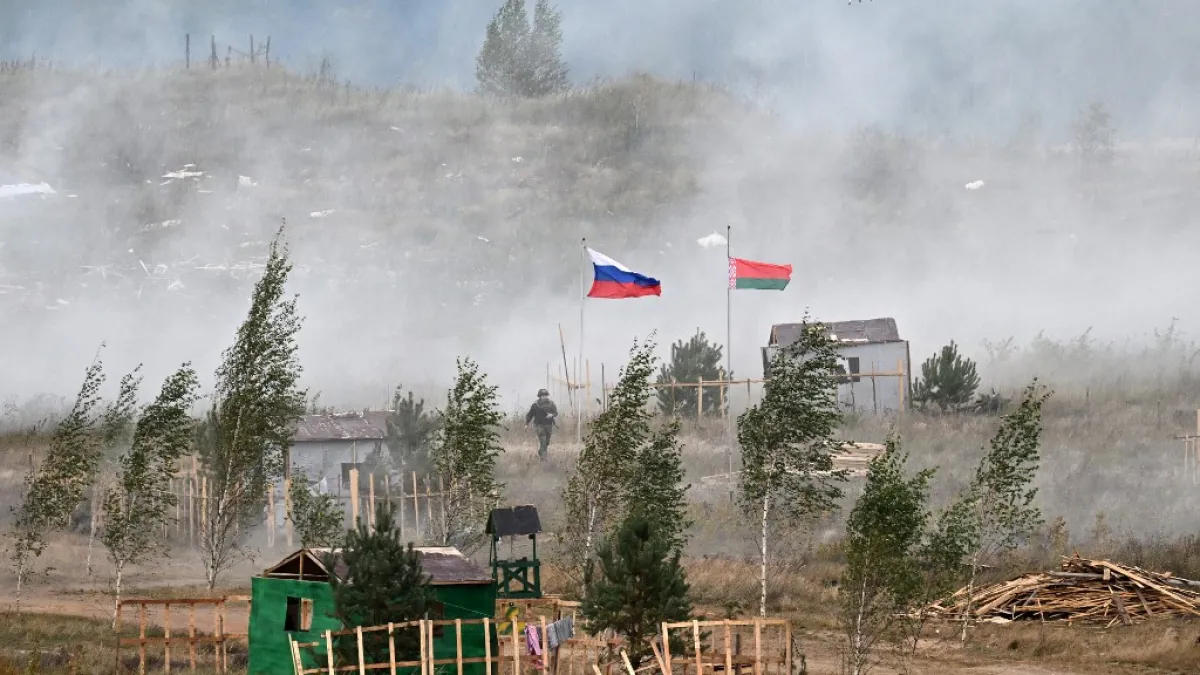



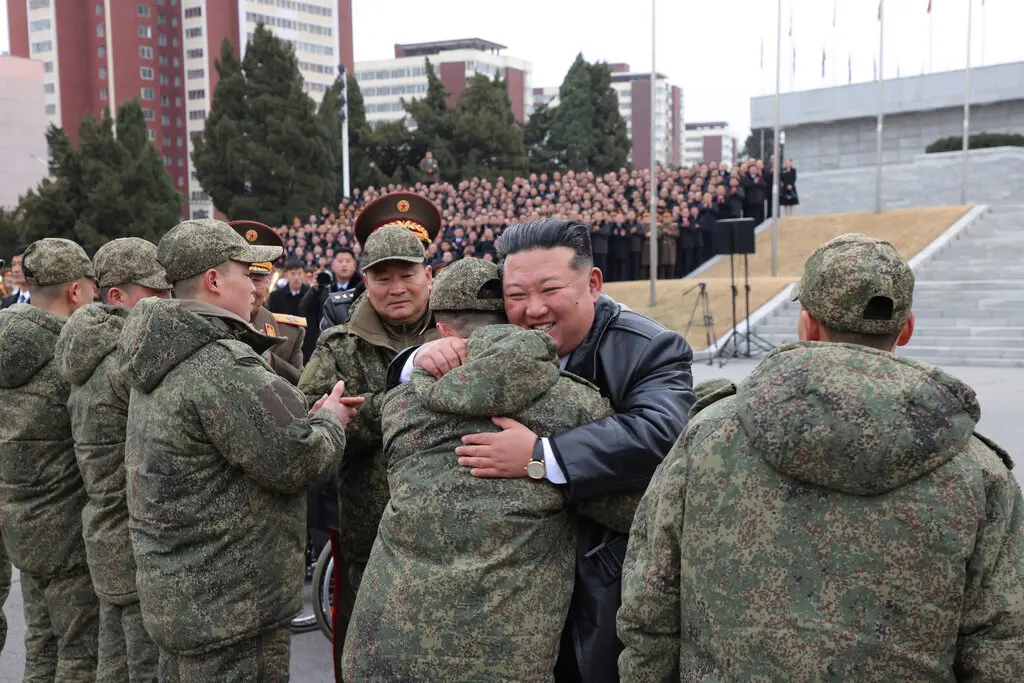

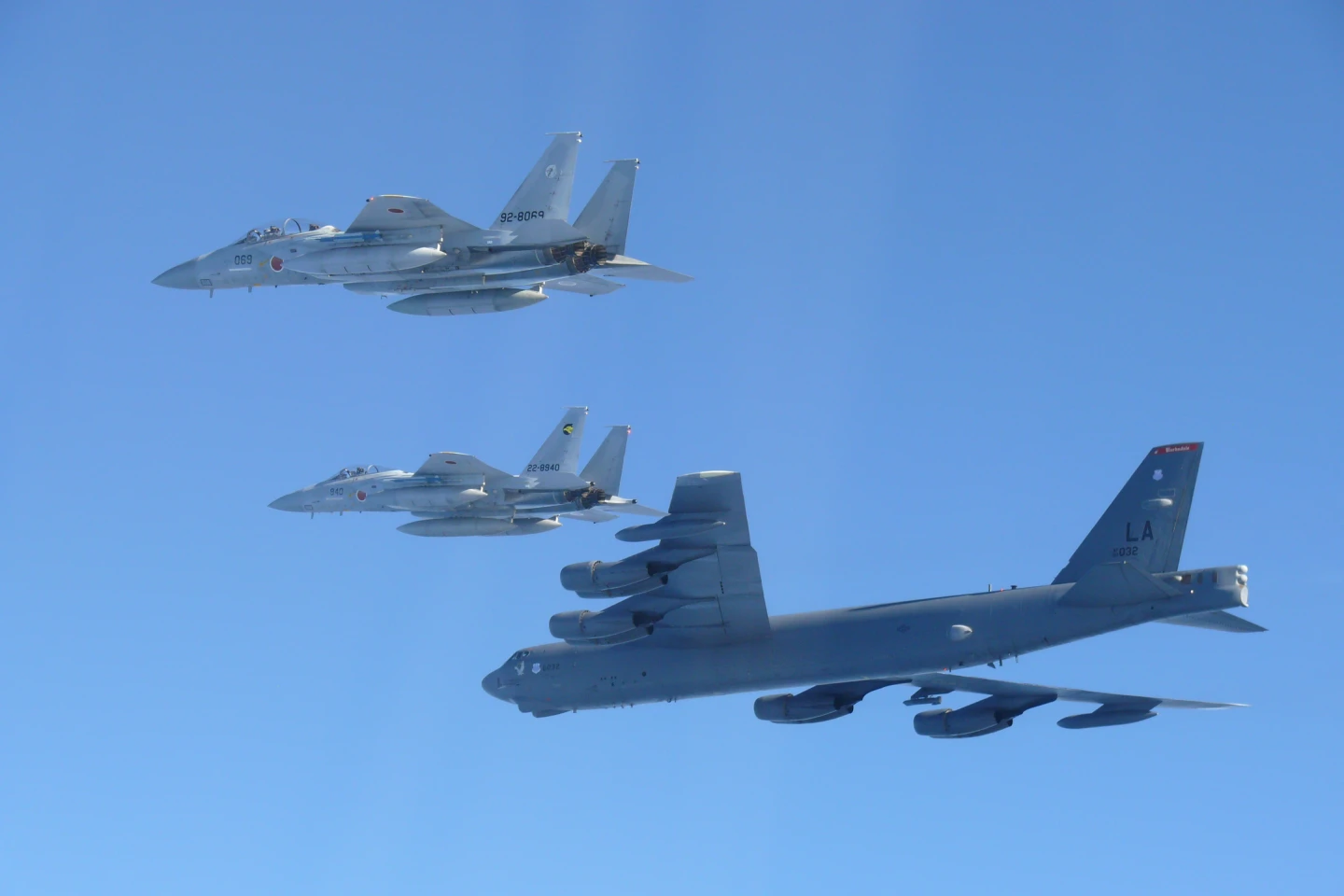

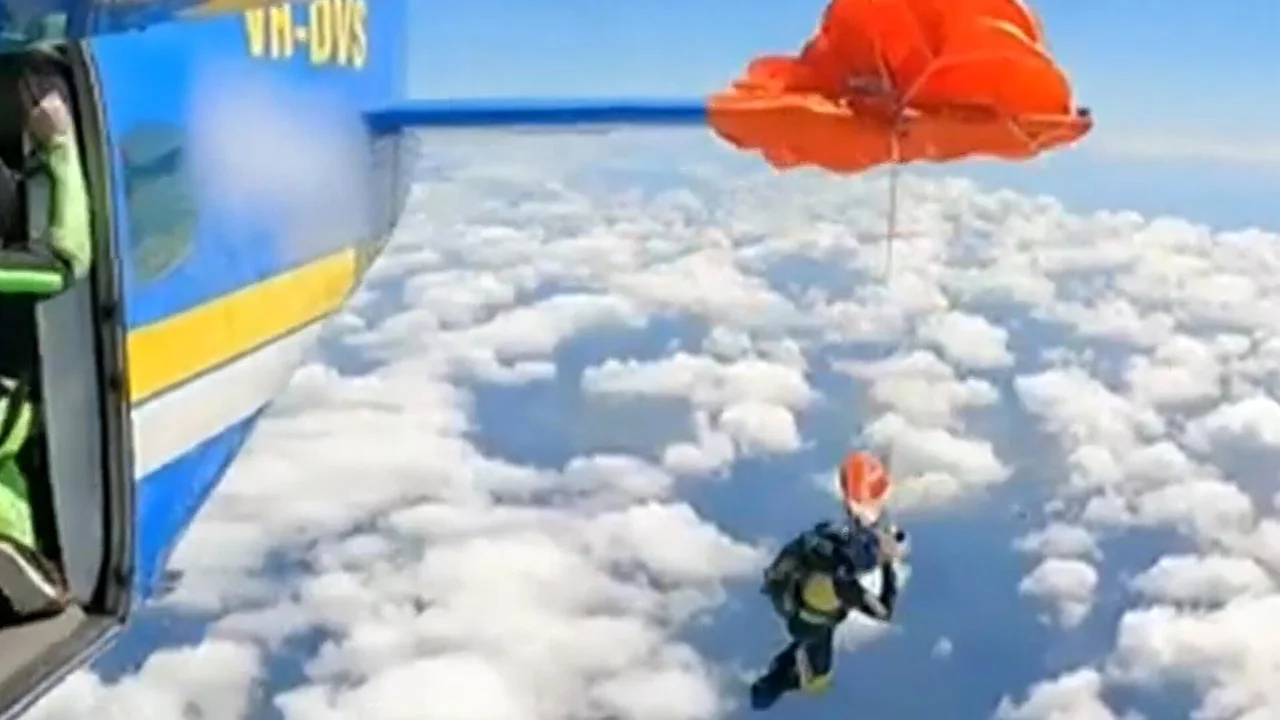
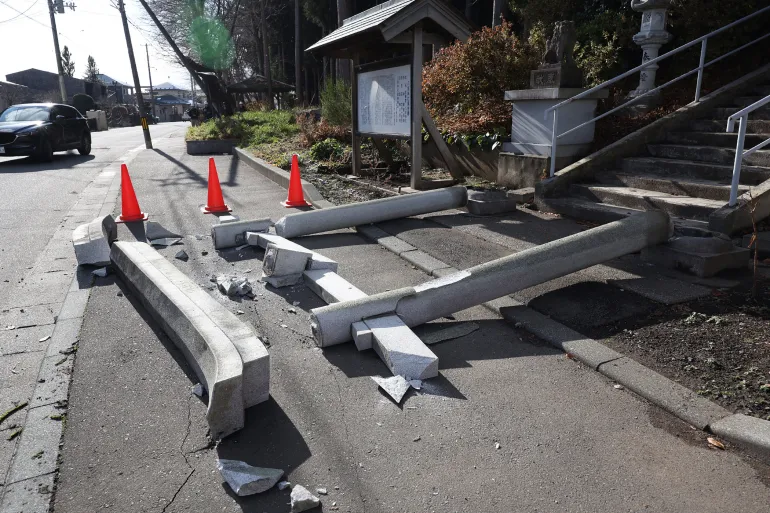

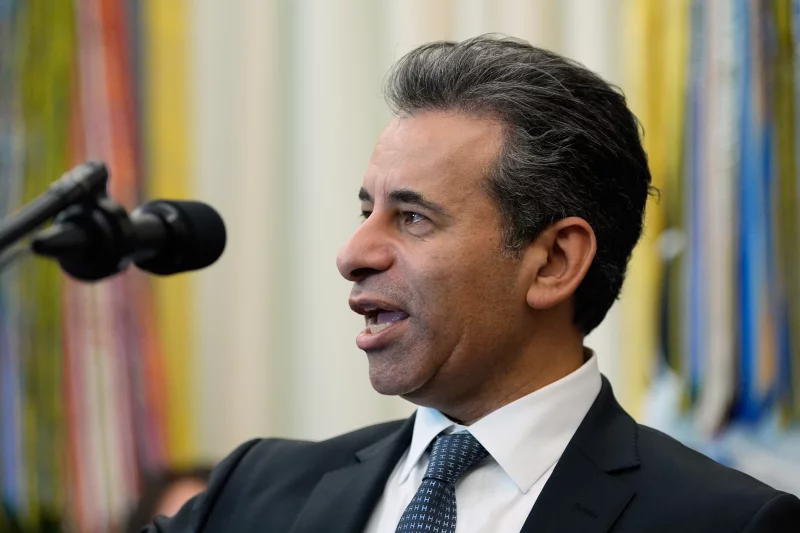



Leave a Reply